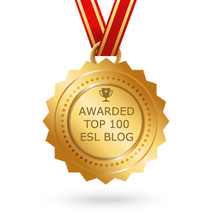|
By Valentina Gonzalez, 2024
Much like a first impression, the first few days of school lay the groundwork for the rest of the year. They help to create a foundation and atmosphere. Traditionally these days have been used to set up the “rules” and for compliance. But instead, I offer you a few more community and relational techniques to start the year with students. You can adjust these to meet your students’ age level, but mostly they can be accommodated to fit K-12. These were chosen because they keep a focus on multilingual learners’ needs by building community, encouraging interaction, lowering the affective filter, and they can be used later in the year for more academic lessons. The other day as my husband and I took a stroll behind our house, I found a small patch of dandelions at various stages. At first, I didn’t know that the late stages of the dandelion that we commonly blow and make a wish are the same plant that blooms a yellow flower. While some call dandelion weeds, I delight in their beauty and whimsy.
After I blew and made a wish I realized just how much dandelions and teachers have in common.
2024 marks 50 years since the Lau v Nichols ruling. How has education for multilingual learners improved where you work?
Here are some resources related to Lau v Nichols. As we wrap up 2023 with a big beautiful bow, I am looking forward to 2024 and hoping to meet you in person in 2024. While a large majority of the work I do is directly with schools, these are a few upcoming, OPEN to the public opportunities where we might be able to connect.
Download the PDF below.Language surrounds us in everyday life. The big and small day-to-day interactions with family members and caregivers can offer valuable and authentic opportunities for language development. Caregivers often ask how they can help support their child's language development at home.
Accessing prior knowledge is an important element of instruction especially when serving multilingual learners. It doesn’t have to take long, but when implemented it can stimulate thinking and help new learning stick too.
ABC Brainstorming is one way to access prior knowledge, and it can also be used as a culminating activity. ABC Brainstorming can be done in small collaborative groups or it can be done individually. I have found it most effective when introduced first individually for a few minutes and then in small collaborative groups. This is a monolingual brain. This is a brain on multiple languages. In a globalized society, it is a disadvantage to understand and speak a single language. Nations work together to solve problems as well as communicate and work alongside one another. Therefore, one who is able to speak and understand multiple languages has apparent advantages in communication over one who can not.
Let’s examine the brain, languages, and how this plays out in our classrooms. Teachers of Multilingual Learners have unique roles, special jobs! They not the same as most of the other teachers in the building. Here are a few articles to help get the year started on the right foot.
4 Things You Can Take OFF of Your List Before School Starts 3 Common 1st Day of School Mistakes Things To Do with MLs During the 1st WEEK of School 5 Ways to Start Off Your Class Period with MLs The F-Word. Fidelity & Why it May Be a Fallacy for EL InstructionBuzzwords in education are like mosquitos. They are here for a while and during that time they become very annoying. Lately, many educators are hearing one certain F word frequently in regard to programs and curriculum.
FIDELITY What is advocacy? Am I doing it?
Many educators find themselves asking these questions. Advocacy sometimes sounds big and scary and many educators think they can’t do it. But actually, advocacy is incorporated in daily actions sometimes big and other times small. Multilingual learners (MLs) are amongst the fastest growing population in the United States. MLs come from diverse linguistic and cultural backgrounds. The assets they bring to classrooms are sometimes underrecognized leaving these students struggling linguistically and academically. Many teachers of MLs want to provide instruction that meets their needs but find themselves not knowing how to help and feeling overwhelmed.
This is where Universal Design for Learning (UDL) enters and has been known to support and benefit MLs. What is UDL? “There is something special about the languages we learn early in life”, research indicates.
Worldwide over 7,000 languages are spoken. While linguistic diversity is valued by many countries in the world, 40% of these languages are endangered. International Mother Language Day is celebrated on February 21st each year in an effort to shine a spotlight on the beauty and power of linguistic diversity and multilingualism. No. It’s how we engage students with the objectives that makes magic! For years, teachers at the campus where I worked were asked to post objectives clearly on the board. I, like many of my colleagues, did this. I followed the directive given and posted the objectives. As administrators walked by and conducted the obligatory walk-throughs I was always given the pat on the back for having objectives. Yet, they were a bureaucratic check mark in many ways. I complied with what I was asked to do.
Then one amazing day at a workshop the presenter empowered me with how to use objectives with my learners…as a tool for their own learning and it was a magical. Here’s what I learned. Last year this article was shared and greatly loved. This year, I'm adding to it to include one additional support.
Multilingual learners count on us to provide high-quality, comprehensible, and culturally responsive instruction in each lesson in every classroom. Here are 23 practical and efficient ways (in no particular order) we can support multilingual learners as they climb to become our future global leaders. *The terms multilingual, emergent bilingual, and English learner are used interchangeably in this article and also include the acronyms MLs, EBs, and ELs. An EL Teacher’s Perspective on Self (& Professional) ImprovementWhen we pour into ourselves, those around us benefit. This is why becoming the BEST version of yourself is an investment for not only YOU but all of those around you. Our students, families and colleagues deserve the best from us and so do we.
These ideas led me to think about how I will deliberately improve myself for the sake of the English learners, families, and colleagues I work with and here is my plan. I’m nudging you to think about your intentions also. What will you do in 2023? Teachers of multilingual learners or English learners need many tools and supplies in their toolbox. And they may travel from class to class or even school to school. Here are a few of my own favorite classroom essentials.
Here’s a look at the most popular places visitors stopped to read and interact on this website in 2022.
I have fond memories of cuddling up next to my tata (Serbian for daddy) before bedtime and listening anxiously as he told stories he remembered or even ones he made up. As an immigrant family from the former Yugoslavia, we brought little with us when we came to America. Books were heavy and did not make the journey. Storytelling, however, was a cherished time in our home. My favorite story was Hansel and Gretel.
**a version of this blog post was first published on BookBuzz. Being a good educator for multilingual learners is one thing, but being an amazing educator for multilingual learners is quite another story. What are the secret ingredients that make amazing educators for multilingual learners so phenomenal?
This brief post lists 13 instructional practices that reduce the love and motivation for reading in students and then 13 ways to inspire and motivate them.
In contrast, here are 13 ways to help students find love, joy, and excitement in reading. This was an important lesson I learned because what happened time and time again was my principal or director would tell me that I had X number of dollars to spend on multilingual learners (English learners) by tomorrow! Okay, I’m exaggerating a bit, but not much. I was like a deer in the headlights, my eyes big and wide. I mean, I wanted the money for my students but at THAT moment I could think of nothing. My brain was blank.
Multilingual learners count on us to provide high-quality, comprehensible, and culturally responsive instruction in each lesson in every classroom.
Here are 22 practical and efficient ways (in no particular order) we can support emergent bilinguals as they climb to become our future global leaders. *The terms multilingual, emergent bilingual, and English learner are used interchangeably in this article and also include the acronyms MLs, EBs, and ELs. Sketchnoting is a powerful tool for learners of all ages and in every content area. We can teach young and older students how to use sketchnotes to increase their own linguistic & academic development. Here are some of the posts and articles I have shared related to sketchnotes.
The Picture Word Inductive Model (PWIM) which was introduced by Emily Calhoun in the 90s is a popular way to support language learners. It helps meet students where they are, grow their language, and add to their content knowledge.
|
Categories
All
|
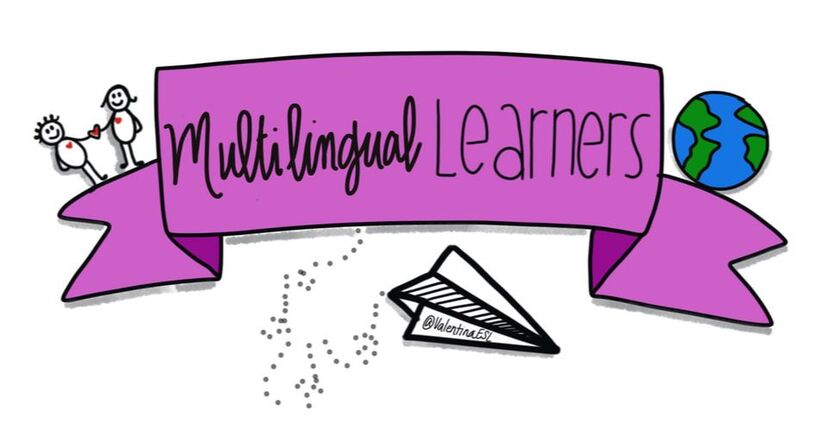

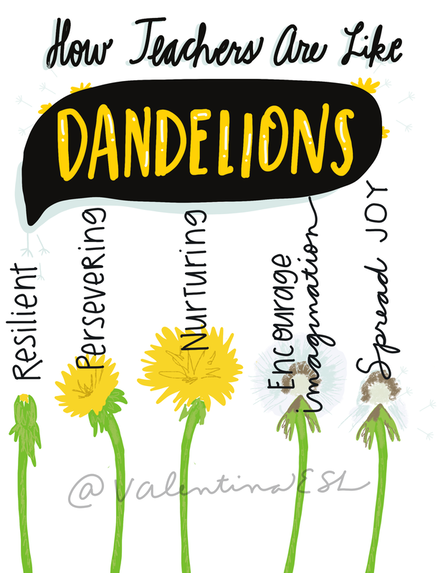
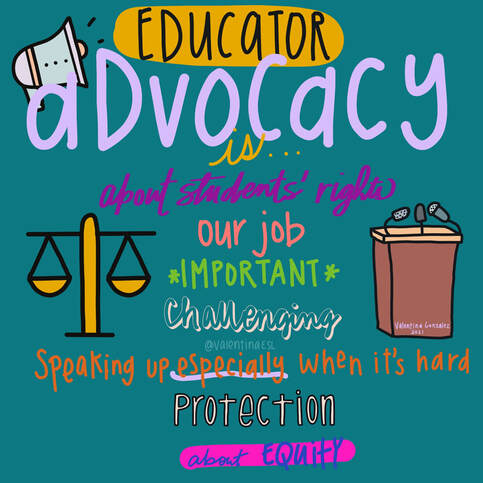
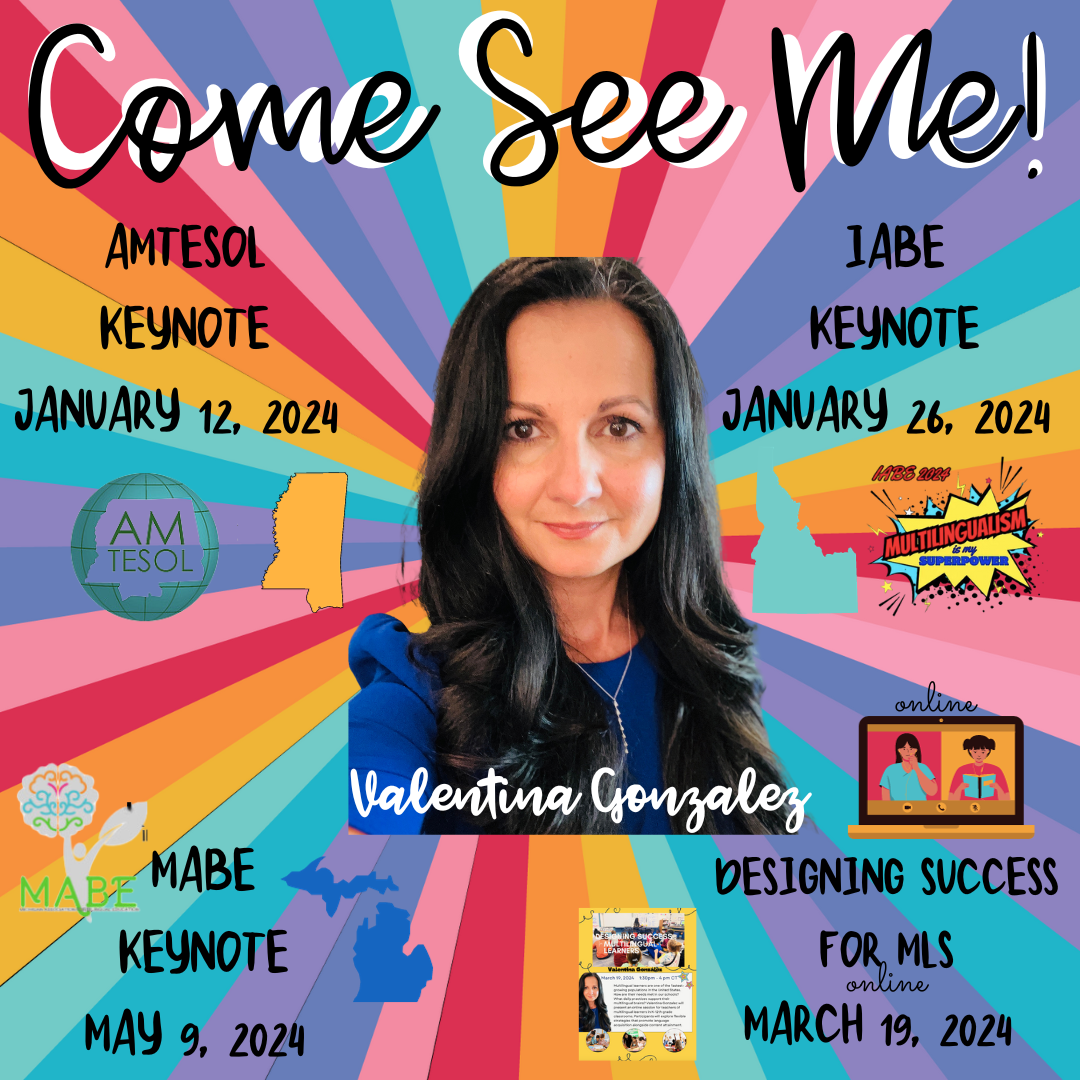
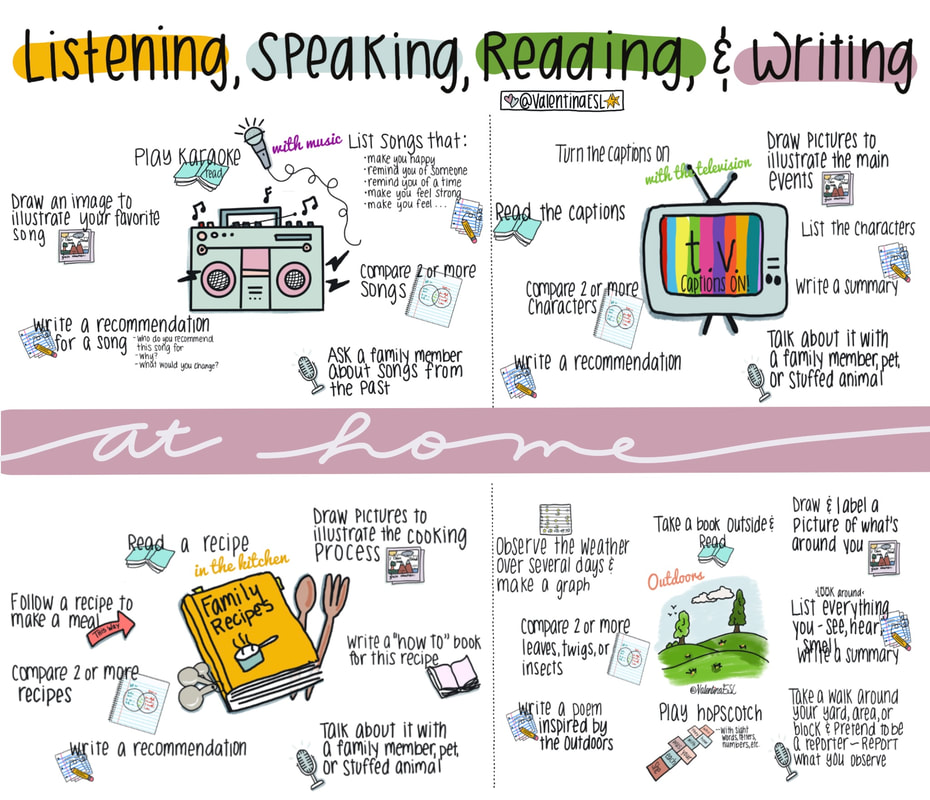
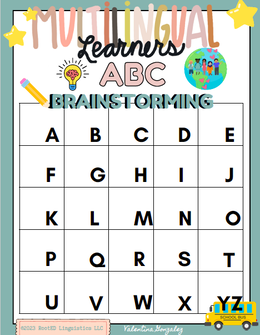
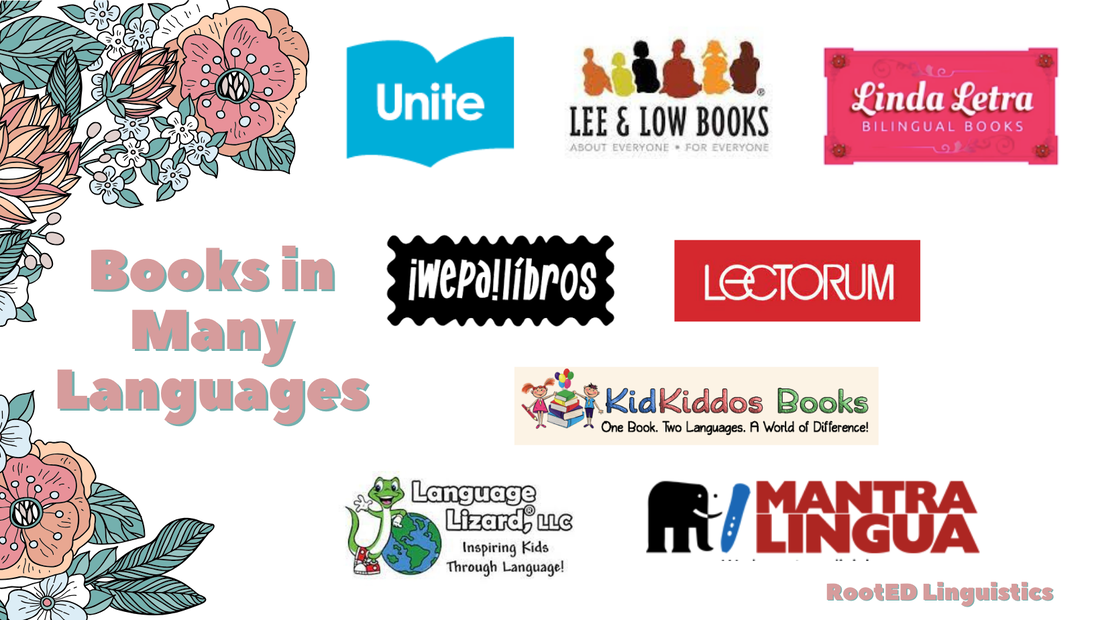
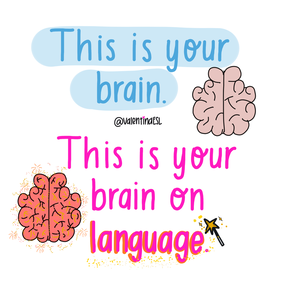
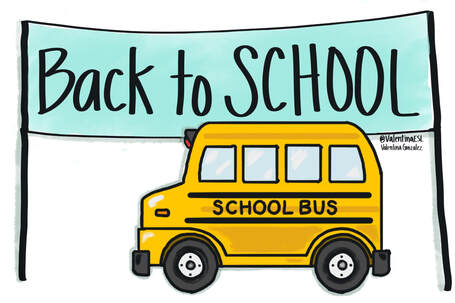
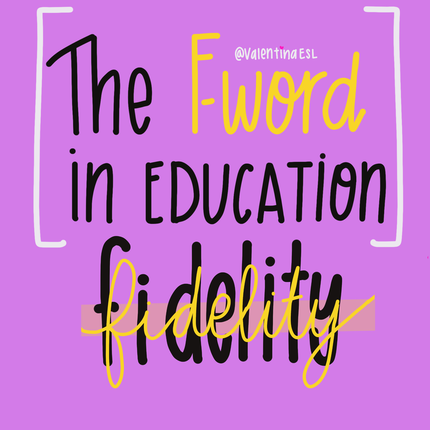
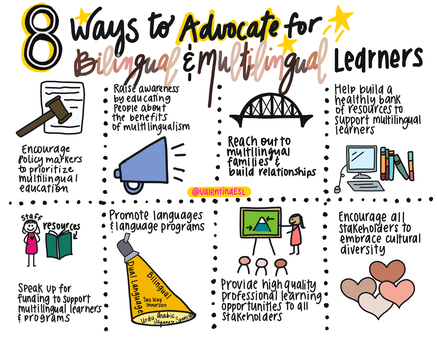
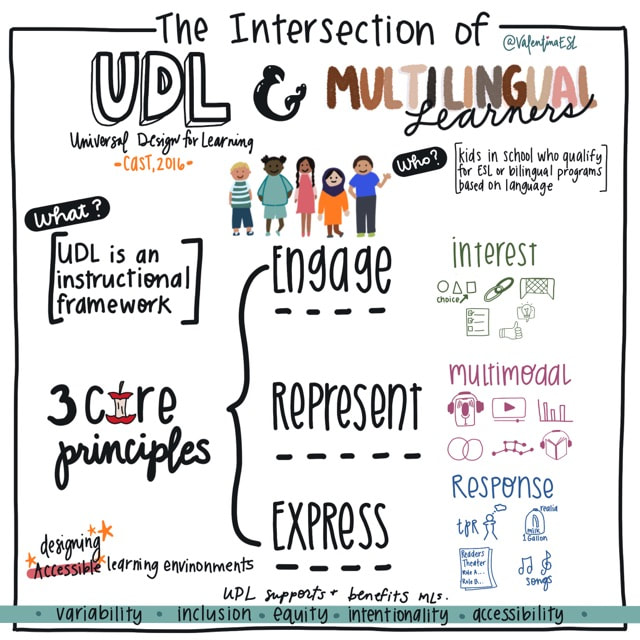
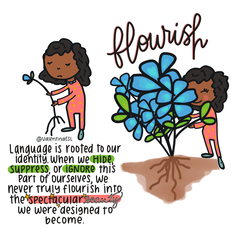
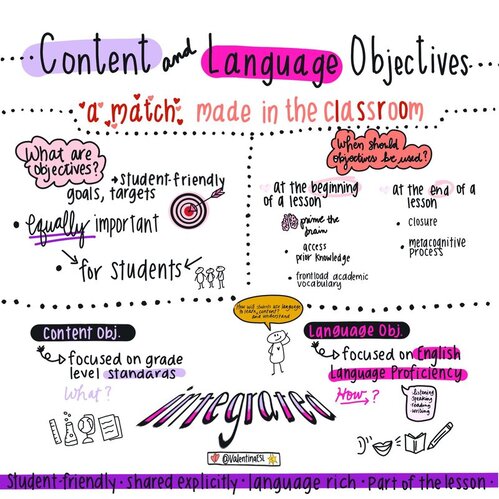
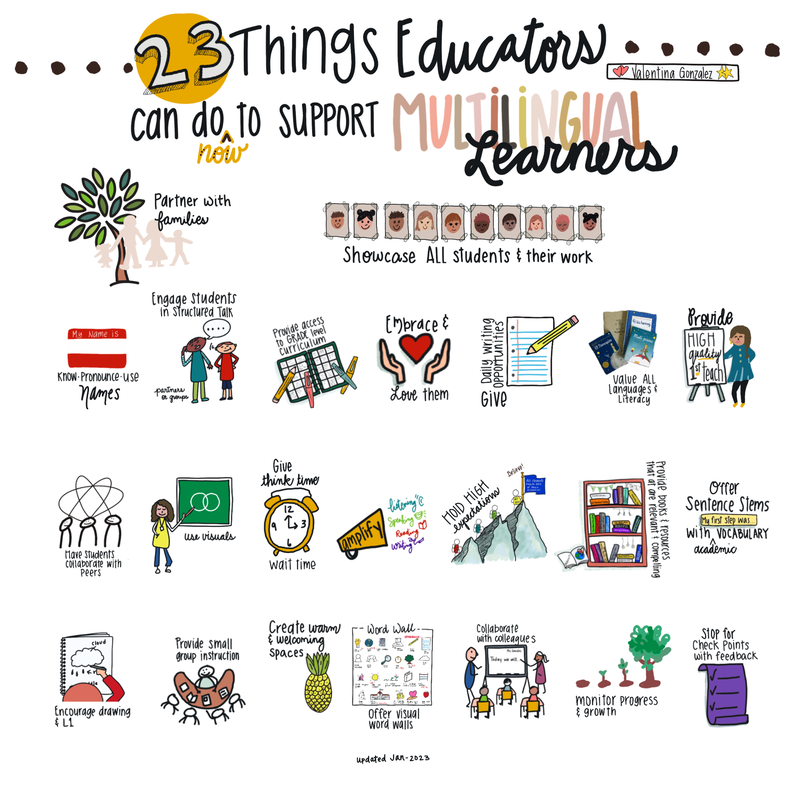
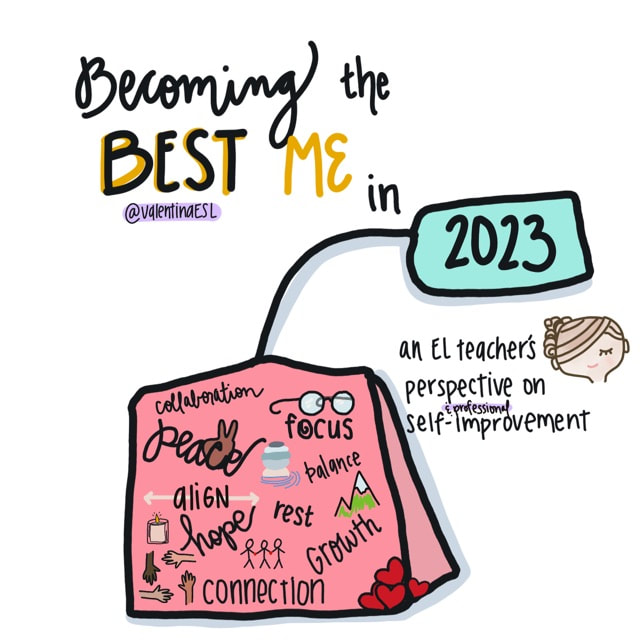
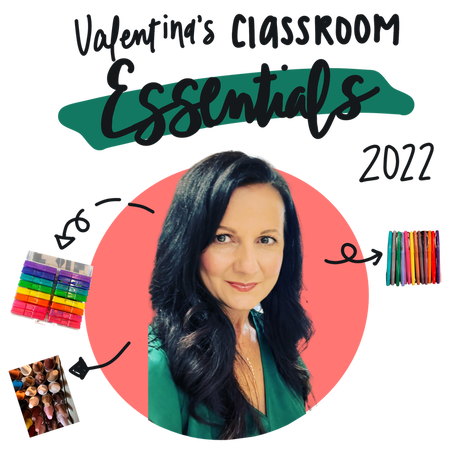
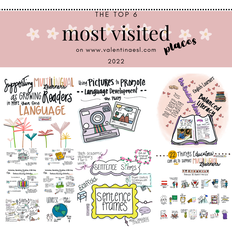
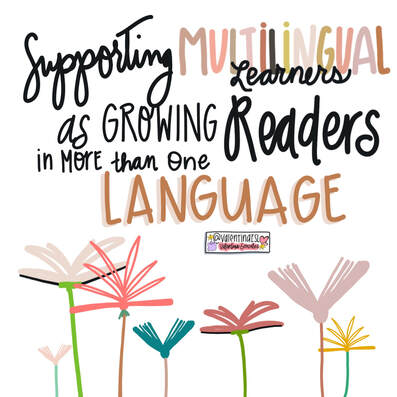
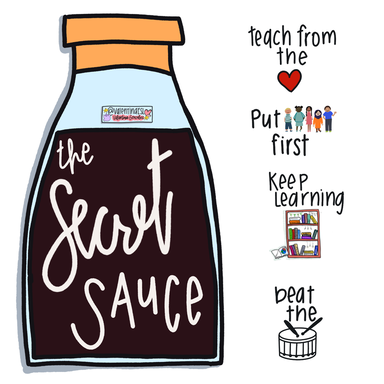
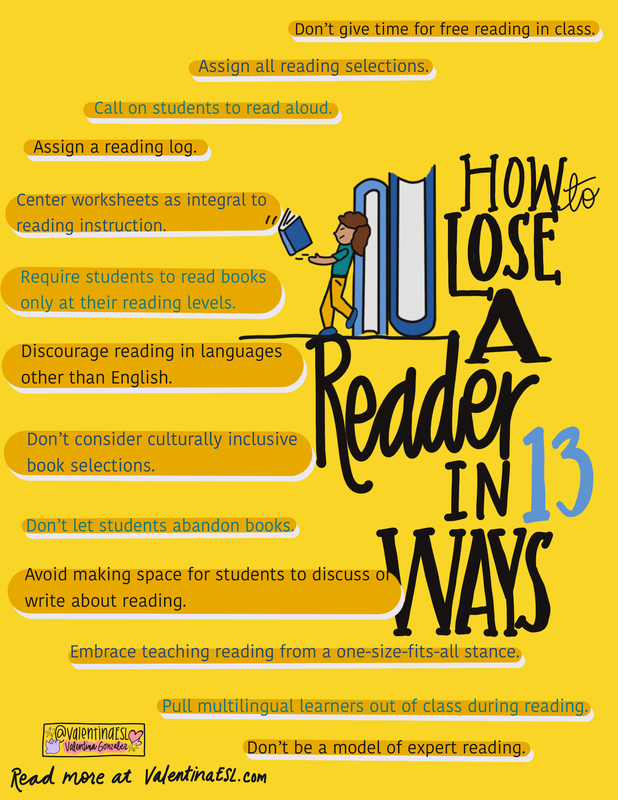
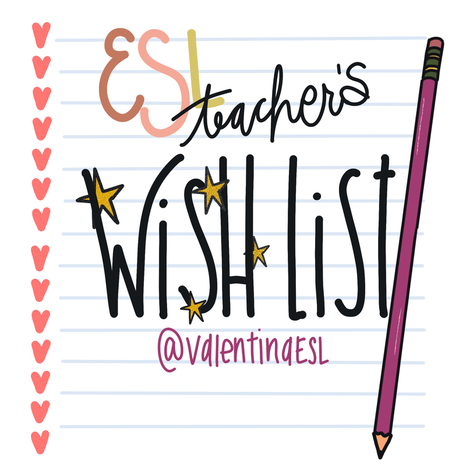
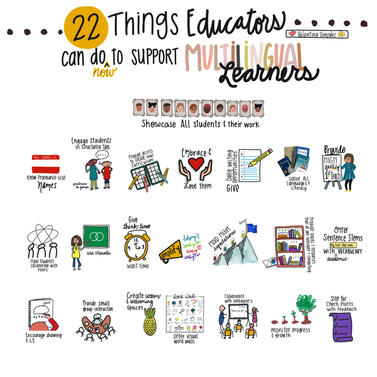
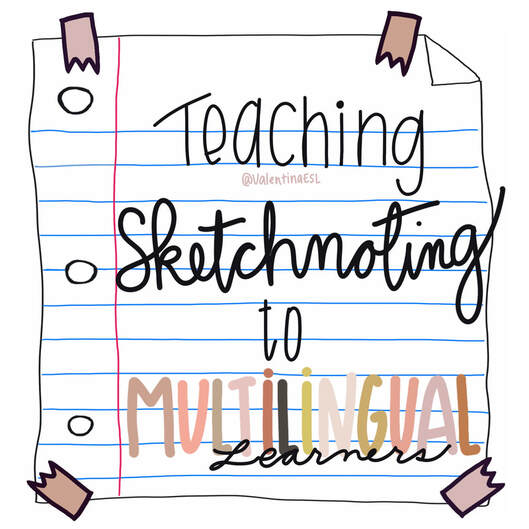
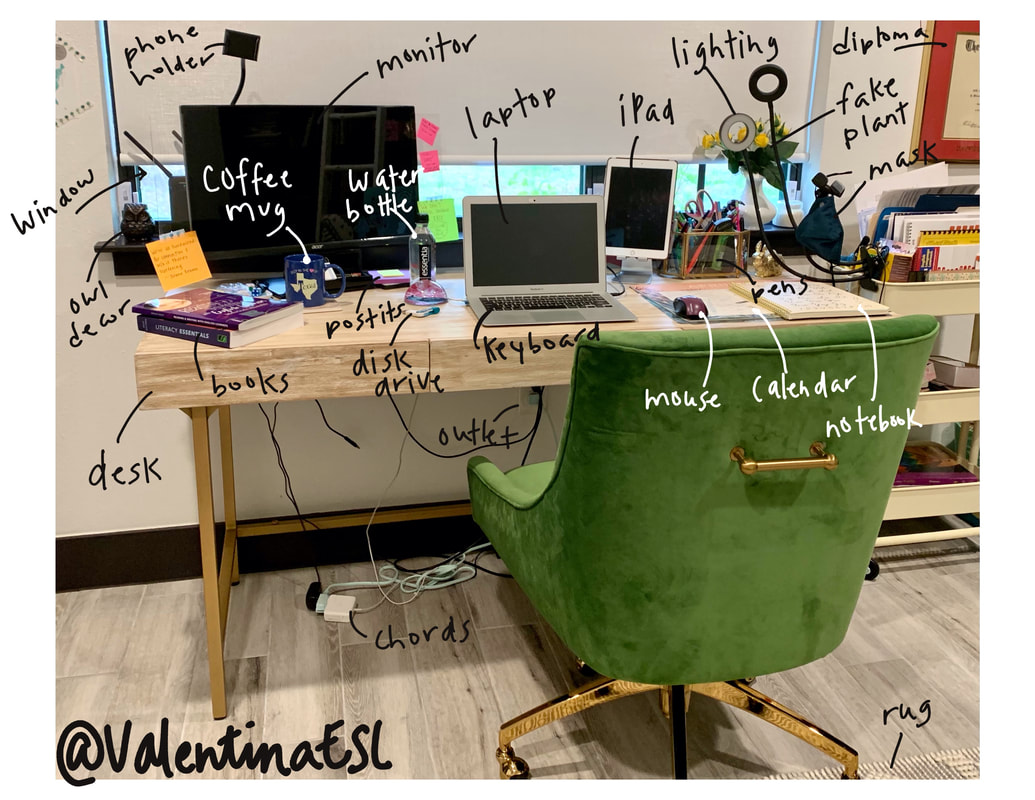
 RSS Feed
RSS Feed
